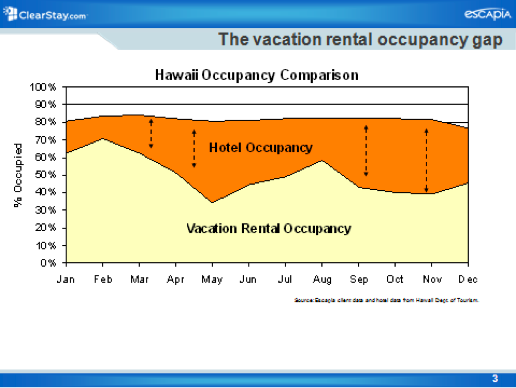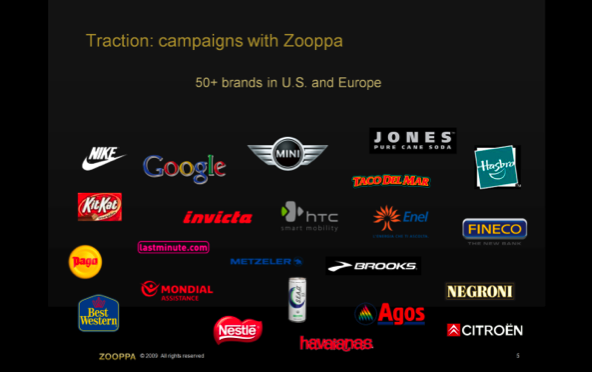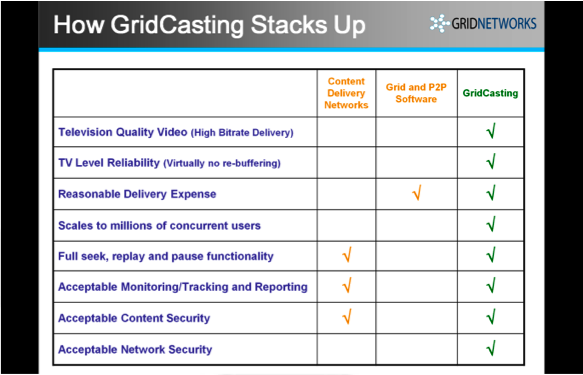@tlas Insights
- Cheap Words
- Commission Plans
- Comp Plans
- Contract Tips
- Convertible Notes
- Dilution is your friend
- Finplan Vs. Budget
- Focus Kills Companies
- Freemium Vs. Premium
- Funding Process
- Let's Change Topics
- Sales Pipeline
- Sales Expectations
- Significant Digits
- ST Goals
- The Nerd's Prayer
- To Better Days
- Top Ten Failures
- VC Tips
- Your Pitch
Your Pitch
First, let’s get one thing clear. You’re here to build and operate a business – not to build and deliver an investor pitch.
Alas, the latter is a requirement unless you’re willing to tap that pile of gold doubloons in your basement to get your company off the ground. At Atlas, we see 5-10 formal presentations to our partner group each month. As a partner in the firm, I take 1:1s with one or two new entrepreneurs each week. And as a member of angel groups and on their screening committees, I see another ten or so monthly. After more than a decade, I’ve seen nearly 3,000 investor pitches (now that I’ve done that math I’d dearly like to get back some of those 15-minute blocks of time!).
Everyone has an opinion on investor pitches. Everyone. When you get input (and seeking input builds a foundation for a good pitch), listen to people with large data sets. Listen to people who write checks. Don’t put much faith in one or two-time entrepreneurs (those who have only once or twice shared your current opportunity and need). Don’t fret over advice from angels who have only made a few investments. Most importantly, appreciate that everyone has an opinion on the subject and these opinions will conflict. When credible reviewers give conflicting advice, sort out the rules from the opinions (this has to do with the strength of the input. I, for one, try to tell someone when I’m sure they must follow my input because it’s a rule based from many observations versus times I offer my opinion but without great conviction).
First, let’s talk content. Linden Rhodes, a successful angel investor once told me that a pitch has to simply state “how it’s done now, what changes with your product or service, and why that’s better”. I’ve used this several times – it makes sense and it covers the basics that are often overlooked.
You need to cover these areas:
• Product or service. What do you do? Fail to make this clear and all the laser pointers in the world won’t help you. Here’s a template of what to say:

• Business model. Explain how you provide your product or service and how you sell it.
• Market and size. Be practical on your target market in terms of breadth (e.g. you’ll sell to the shipping departments of manufacturers, not to all companies of any type) and target size (e.g. you’ll sell to companies shipping 500 to 200,000 packages a month, not to everyone) as well as geography (we almost always suggest that your initial customers will be domestic). The chart here shows the market size for ThinGap motors at the time of their initial pitch.

• Competition. Cover all your competitors but feel free to use groups.
• Development timeline. When will this thing be ready for sale? It’s important to tell people the stage of development – are you still building the first version, are you in beta, do you have paying customers?
• Team.
• Financial projections. The minimum is a five year P&L.
• The ask. This is your second-to-last slide. What are you selling? What is the pre-money valuation (if equity) and what are the basic terms.
That’s the core for content. These are the absolutes of your pitch:
• It’s not the leave-behind. Your pitch deck is not a stand-alone document. That document is called your business plan. Don’t write your pitch thinking you’re going to email it to someone and they’re going to comprehend it. Write your business plan that way. Apologies to Microsoft (where they communicate by sending powerpoints), but this is just stupid – please stop it and spend your time making it easier to paste Excel output into Word.
• Your pitch is a part of a multi-modal presentation – you’re the audio. The powerpoint is the video. You say words, the powerpoint should provide images – pictures, graphs, tables. It should not contain just words.
• Find out how long you have for your presentation and build a powerpoint deck to suit the time frame. Different audiences have different time requirements; you’ll likely end up with 7, 10, and 15-minute versions.
• Reading from the slides is a misdemeanor in most states. If you do, you’re required to return this book to place of purchase. No refund will be offered.
• Great presentations use great graphics. You will deliver a finite number of key points, about one per slide. What image best reinforces that point you want to make? Here’s a great example from the Coffee Equipment Company. While the audience saw these two slides, the CEO asked (extra points for engaging them) who drank wine. Then he asked: “when you order wine, you do just say “wine, please”, or do you order a pinot noir or maybe a pinot noir from Santa Ynez? Our equipment is a vital part of the movement to allow consumers to have choice in coffee and sales at coffee shops show us they want that choice.”

• Here’s another solid one. The CEO at Escapia was communicating the company’s opportunity to help vacation rental property managers book more revenue by increasing occupancy rates. This is the slide the audience saw while the CEO said: “we’re all familiar with discounts and promotions at hotels. Hotels use these sales tools to increase their occupancy rates. Vacation rentals are unable to offer discounts unless the property manager is an Escapia customer. By enabling discounts, we can increase the property manager’s bottom line.”

• If you have an opportunity to interact with a slide, so do. Maybe you have a timeline that shows your planned product roadmap or a picture of your proprietary production machine. Point to it and take the audience through the picture and tell the story.

• You may need words on a slide to provide detail. Lists help to reinforce depth. Listing your customers while you say how many customers you have and what market segments you have penetrated will provide a visual that adds credibility. The audience will remember (“did you see that long customer list, they must be on to something!”).
• You get one slide for your team. Pick a format and put everyone in that format. I like to see name, title, age, experience, and education. You’ll have to abbreviate here. Save the audience from reading “great team with deep experience” and you’ll be the only guy who did so. Instead, just put the data on the slide and tell a story. How did the team come together? Why did they join? The best pitches I’ve seen use this slide to make us laugh with some story about how the founders cooked up this idea or how they recruited the key engineer.

• Slides have to be readable from a distance. A good friend told me about the rule that font size can’t be less that ½ of the age of the oldest person in the room. Well, that’s not quite it but you get the idea.
• Every word has a cost. Every word on a slide takes the audience’s attention. Ruthlessly remove words from each slide. Keep reviewing and removing until it’s bare. Remember, you’re the words, the powerpoint is the image.

• Include a summary of your financials. We like this format with revenue, gross profit, and net income before tax. If gross margins don’t matter, don’t show them. But everyone wants to see the top line and the bottom line. Sometimes, the number of customers or some other non-financial metric is vital. A chart with two vertical axis can work - just keep it clean.

• You’ll almost always need a competitive matrix slide. Make it clean and easy to read like this one. Use red, yellow, green or filled, half-filled, empty circles or smiley, neutral, frowning faces (no, seriously, I’ve seen this) to make it easy to read. Don’t use text; it takes too much attention to comprehend.

• Include a summary of your product roadmap. There are many ways to do this but timelines are the easiest. When you talk to this slide, show the audience your logic for the releases you have planned.
• Kill the “thank you” slide! The last slide is the most important one – it will be on screen during discussion or Q&A. That’s often 10 to 100 times as long as any other slide. Whatever your summary or most important point is – put it on the last slide. It should not say “thank you” or just have your name and address. You might show a summary of “why invest” or maybe a chart of your historical revenues or picture that summarizes the value of your invention. Put this slide up and say: “thank you, I’d like to answer your questions”. For the final slide for Microgreen Technology, we chose to have a slide that showed the technology. This slide stayed up for ten minutes during the Q&A part of our presentation to angel groups.
